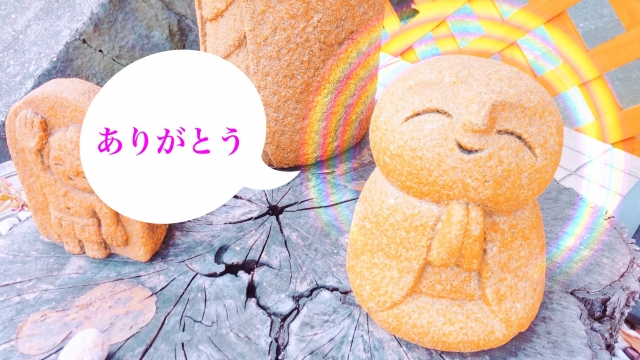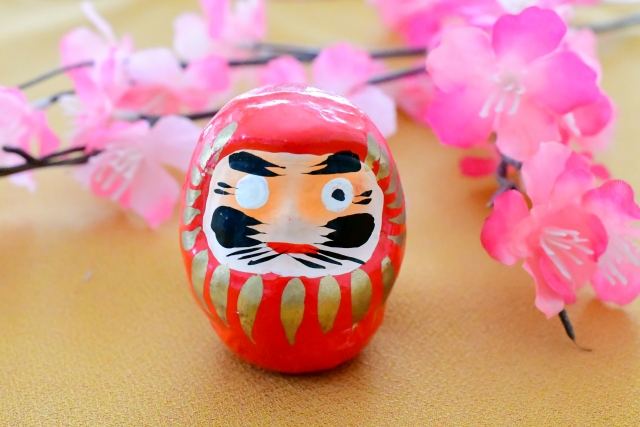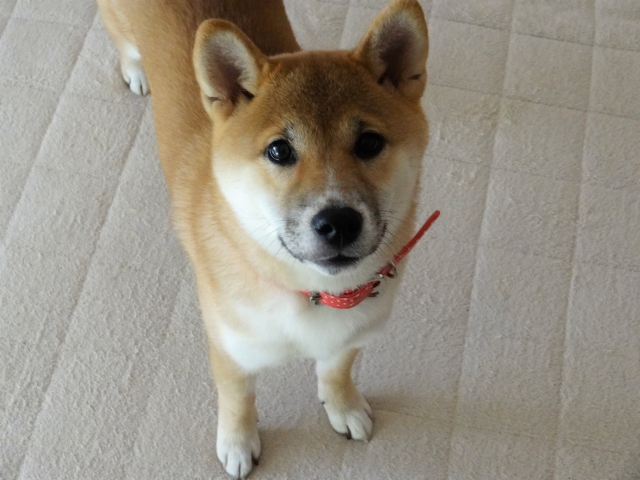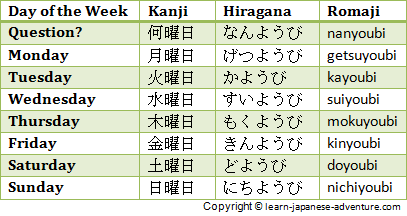In Japan, you may see Ojizo-san in various places such as temple grounds, cemetery entrances, cemetery grounds, and street corners. However, when you think about it, many of you may not understand what they mean or why they are wearing red yodarekake or maegake.
This page summarizes the origin of Jizo-san’s name, the reasons why they wear yodarekake or maegake, and why they are often seen in the streets.

If you are looking for face-to-face or online Japanese lessons with the best Japanese tutors, please check here.
Contents
What is Ojizo-san’s real name?
Generally, Ojizo-san is called “Ojizo-san” or “Ojizo-sama” and is familiar to people. However, his real name is “Jizo Bosatsu (Jizo Bodhisattva). This name comes from the Sanskrit language used in ancient Asia.
Sanskrit is also called Sanskrit (Brahmanic). Sanskrit characters (Sanskrit script) are written on stupas, etc. The first letter “a” on a Buddhist altar is also in Sanskrit.
The first letter “a” on a Buddhist altar is also in Sanskrit. Kushti means “earth” and garba means “womb/uterus. From this word, the Japanese word “jizo” was born.
The word “bodhisattva” also means “one who practices Buddhism,” and the Sanskrit word “bodhisattva” is “bodhisattva sattva. In Japan, bodhisattvas have been widely regarded as objects of worship
- Kannon Bosatsu: maternal image is projected. 観音(かんのん)菩薩:母性的なイメージが投影されています
- Maitreya Bosatsu: believed to save people in the distant future. 弥勒(みろく)菩薩:はるか未来で人々を救うとされています
- Fugen Bosatsu: widely worshipped by women. 普賢(ふげん)菩薩:女性にあつく信仰されてきました
- Monju Bosatsu (Manjusri): believed to be in charge of wisdom. 文殊(もんじゅ)菩薩:知恵をつかさどるとされています.
- Myoken Bosatsu: Deifies the North Star. 妙見(みょうけん)菩薩:北極星を神格化しています
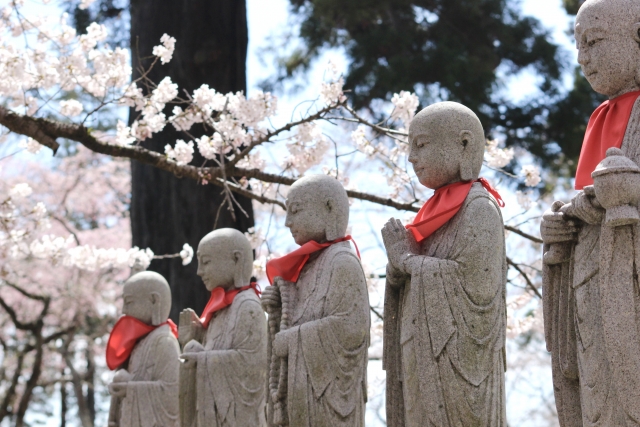
What is the relationship between Jizo-san and “Yodarekake drooling”?
Jizo-san often wear a red-colored “yodarekake” or “anekake” or hood. This is because Jizo-san protects children, and people make “yodarekake” or offerings with the hope that their own children will grow up healthy.
There is a story about Jizo-san called “Sai-no-Kawara” that has been handed down since the Edo period. The story can be briefly summarized as follows. On the banks of the riverbank of Sai, a child who died at an early age is piling up stones for his father and mother (to accumulate virtue).
Then a demon comes and breaks the stone pagoda that the child has carefully piled up. Then Jizo Bosatsu appears and saves the child. This story also conveys the image of Jizo for children.
For example, the red color of the slobber coat was chosen because of its association with children, such as “baby” and “babe,” the color of the sun, the origin of life, and its power to ward off evil.
Jizo-san is probably popular not only because it protects children, but also because it is able to hear various wishes. Jizo-san in various locations include the following
- Togenuki Jizo とげ抜き地蔵
- Koyasu Jizo 子安地蔵
- Kosodate Jizo 子育て地蔵
- Migawari Jizo 身代わり地蔵
- Shibari Jizo, Shibare Jizo しばり地蔵、しばられ地蔵
- Mizuko Jizo 水子地蔵
Jizo and Dosojin
As mentioned at the beginning of this section, Jizo are found in various places, and there are quite a few of them. However, none of the Bodhisattvas, including Kannon, have such a large number. What on earth could be the reason for this? It has something to do with Dosojin.
Dosojin are natural stones, stone statues, and stone monuments, so to speak, gods of the roadside. As the object of folk belief, they have been enshrined in various places. In the Buddhist world, this god and Jizo Bosatsu are connected, and so they spread from place to place.
Such Jizo are also called Tsujiwari Jizo. Jizo-bon, which is popular in the Kinki region, is dedicated to Tsuji Jizo. Both Jizo and Dosojin are considered to be guardian gods of travelers and protect the village from outside diseases, but the interesting thing is that they have completely different personalities.
If you see a stone Buddha in your neighborhood, please check whether it is a Jizo or a Dosojin. It is also a good idea to think about how the people who have lived in the area for a long time prayed to the gods and Buddha.
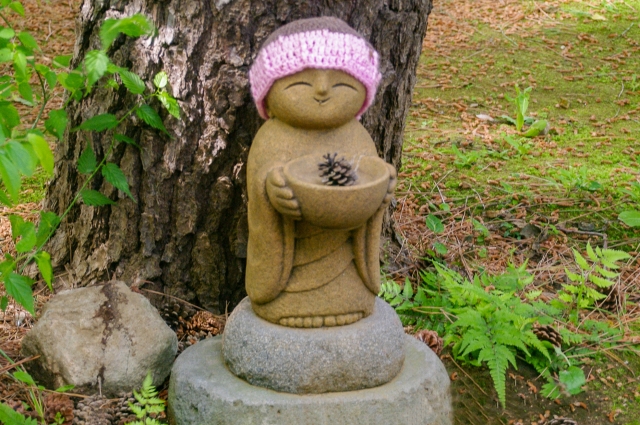
Conclusion
It is believed to save all living beings in this world after the death of Buddha until the appearance of Maitreya Bodhisattva. In Japan, stone statues of Jizo, especially around 1 meter high, are erected at the boundaries of towns and villages and on street corners as boundary deities.
They are also believed to save the souls of children after death and are sometimes erected at the site of traffic accidents involving children. Even today, many people revere the statue and call it “Jizo-san” with affection.
- The official name of Ojizo-san is “Jizo Bosatsu.
- The items worn by Ojizo-san reflect the wishes of parents for the safe growth of their children.
- In addition to the protection of children, Jizo-san is also associated with a variety of wishes.
- Combined with the belief in Dosojin, Ojizo-san spread to many places.
Related article:

